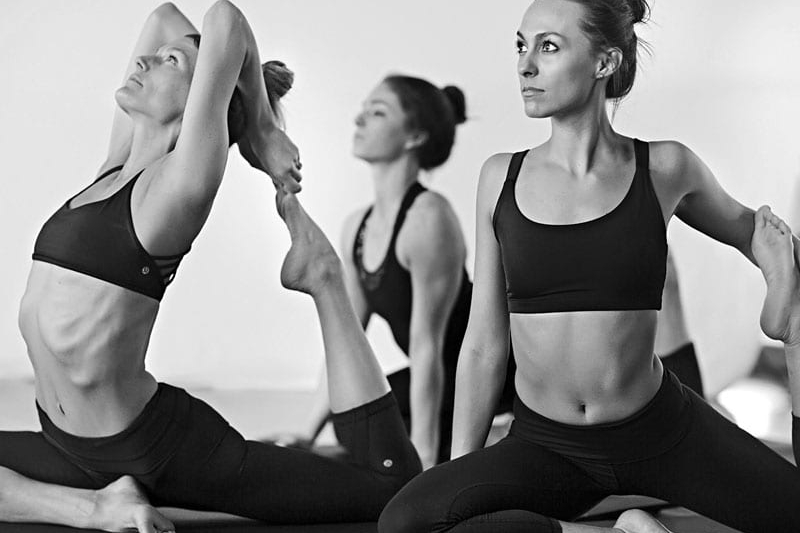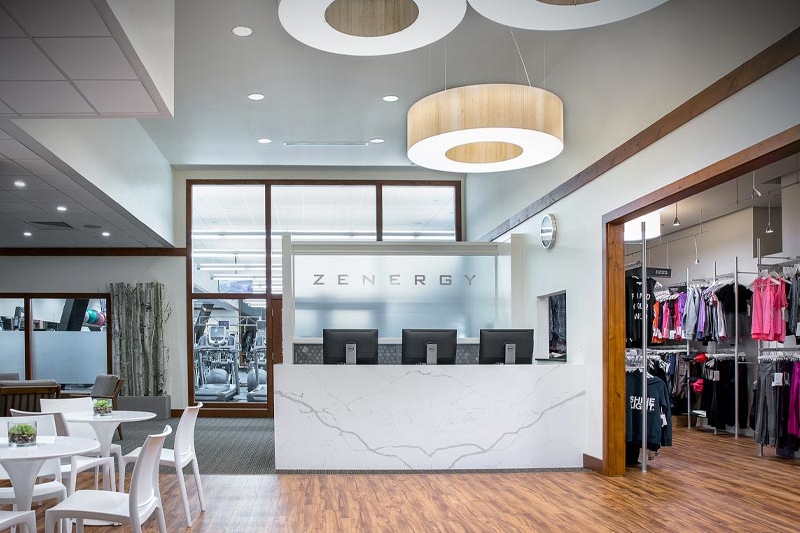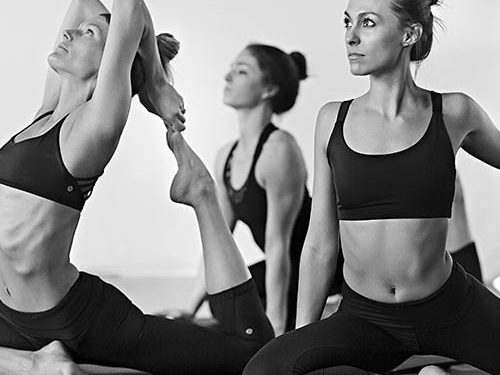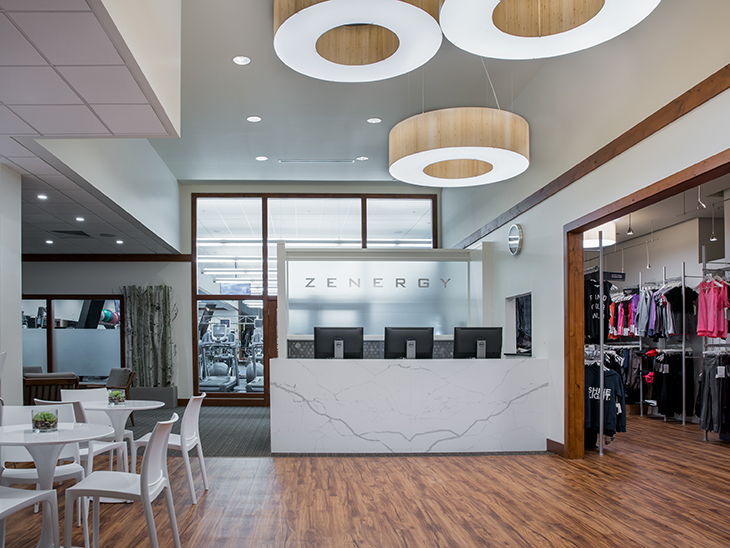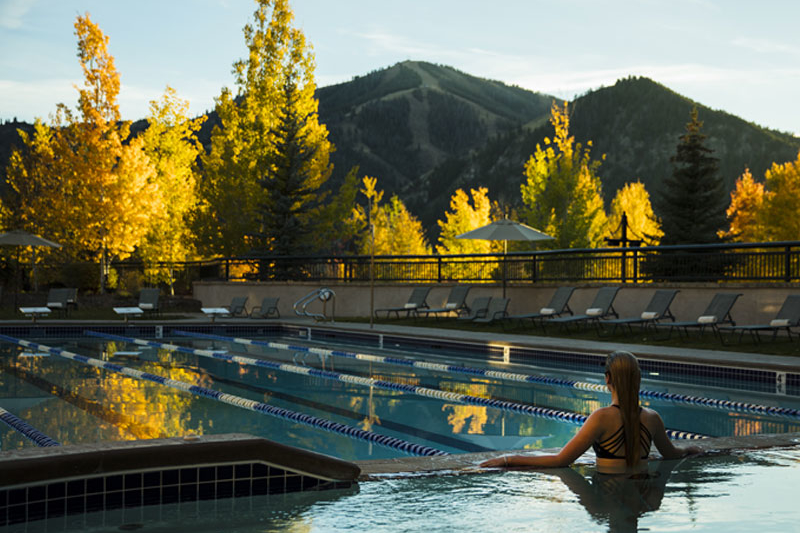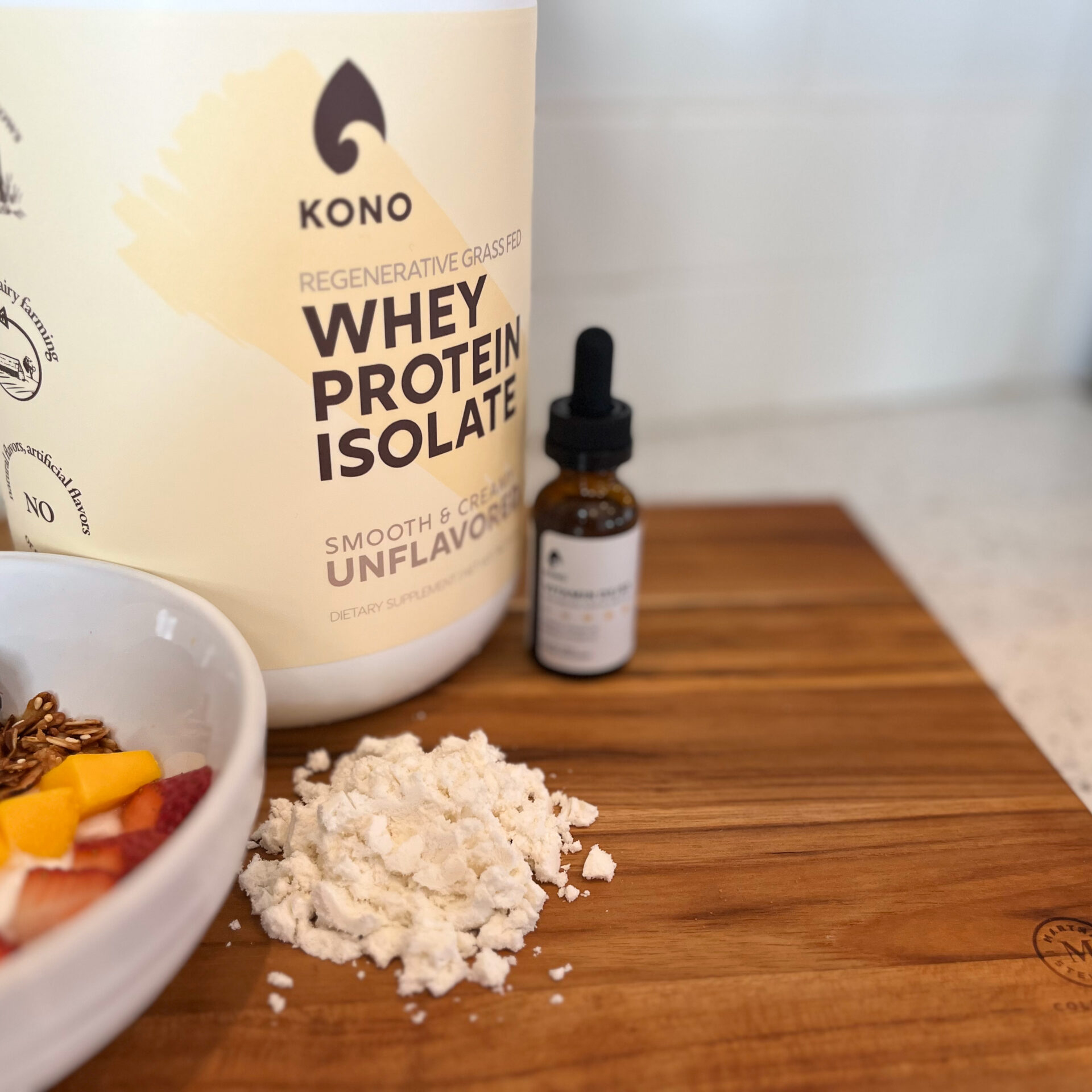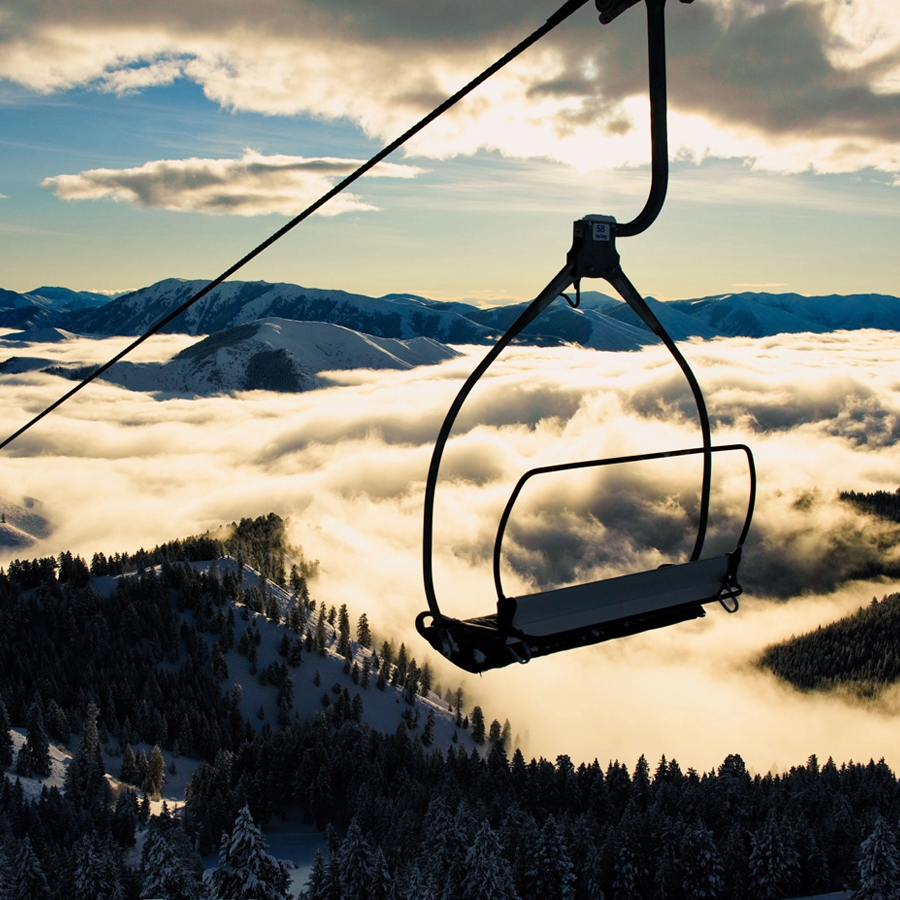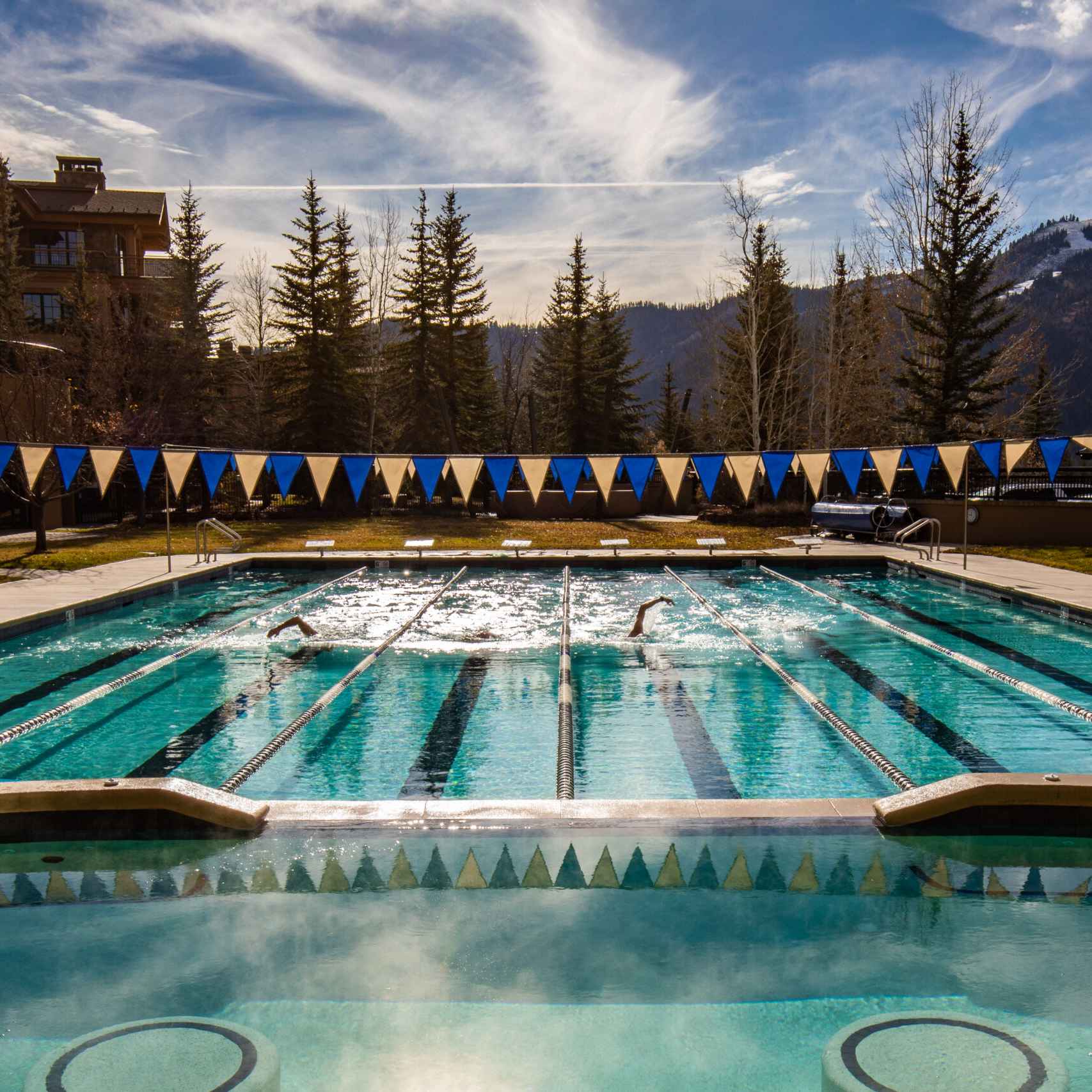Feeling Spontaneous?
Embrace the savings with 25% OFF all spa services on same-day bookings – now offered daily!
Enter promo code “SAMEDAY” at checkout for instant savings.
The best spa and health club in Sun Valley.
Above all else, health is a way of life at Zenergy, a 50,000 square foot wellness hub combining a world-class gym, spa, physical therapy clinic, boutique and cafe in beautiful Sun Valley, Idaho. Surpassing all competition, Zenergy offers up to nearly one hundred classes and small group training sessions each week. Similarly, Zenergy’s world-class fitness amenities present its members with an unrivaled range of workout opportunities. Train at the best gym in Sun Valley, swim in our famous saltwater pools, play on our indoor tennis courts, or pursue your fitness goals in a class setting at our dedicated yoga, Pilates, indoor cycling, and group fitness studios.
WEEKDAY HOURS
6:00AM – 8:30PM
WEEKEND HOURS
7:00AM – 7:30PM
WEEKDAY POOL HOURS*
Indoor: 6:00AM – 8:15PM
Outdoor: 8AM – 8:15PM
WEEKEND POOL HOURS*
Indoor: 7:00AM – 7:15PM
Outdoor: 8AM – 7:15PM
Zenergy App
Download the Zenergy App to easily book and manage your class, pool, and tennis court reservations, and more. After installation, click here: Zenergy App Instructions.
Class Schedule
Over 80 weekly classes in our pools & studios, including yoga, Bodypump, barre, indoor cycling, AquaFit, & more.
Gift Cards
Gift Cards are available for purchase online. These cards are valid for all services and goods!

Relax & Restore
An award-winning spa, featuring a wide variety of therapeutic service to support your health and appearance.
Class Schedule
Offering over 80 weekly classes in our pools and studios, including yoga, Bodypump, barre, indoor cycling, AquaFit, and more.
Gift Cards
Gift Cards are available for purchase online. These cards are valid for all services and goods!
Relax & Restore
An award-winning spa, featuring a wide variety of therapeutic service to support your health and appearance.
Visit for a massage in Sun Valley. Join to find fitness that can take you anywhere.
Zenergy offers a variety of membership types to serve full-time residents of the Sun Valley area, as well as seasonal residents and vacationers. Full Health Memberships, Tennis Memberships, Young Adult Memberships, Corporate Memberships, 30-Day and 60-Day options, and more! We have a plan that works for you.
What’s better than regularly enjoying the incredible fitness and recreational lifestyle that our famed Sun Valley health club has to offer? Getting a deal at the same time! All of our members enjoy special pricing on personal training sessions and our many spa services at the award-winning Zenergy Spa.
A Zenergy massage, facial, acupuncture service, mani/pedi, hair styling, or other therapeutic service can support your health and beauty regimen. Our services are the first choice of many local residents, guests, and visitors.
Our nationally accredited personal trainer staff offers a diversity of styles, techniques, and training to help anyone achieve their health and fitness goals. So whether you’ll be in Sun Valley for a week, or for a lifetime, you can relax your body and recharge your battery at Zenergy.
Wellness Blog & Zenergy Press
April 15, 2024
Navigating Protein Powders: An Expert Guide
February 2, 2024
